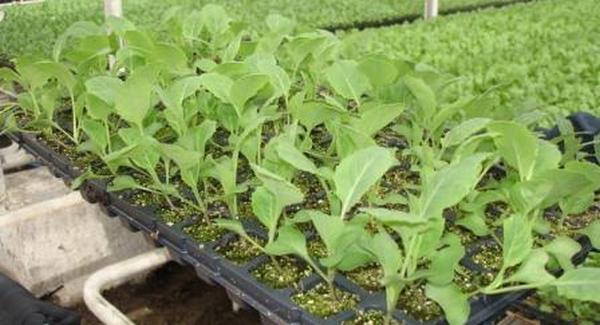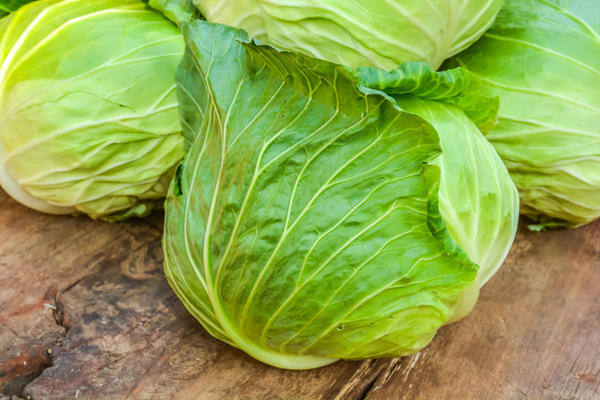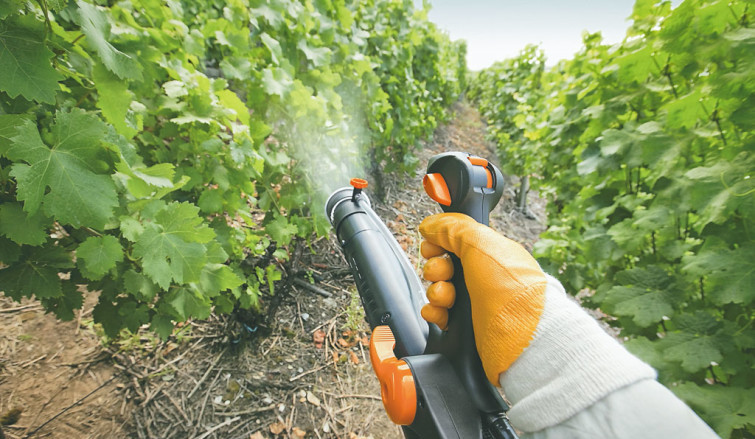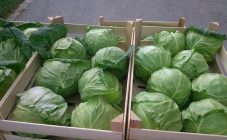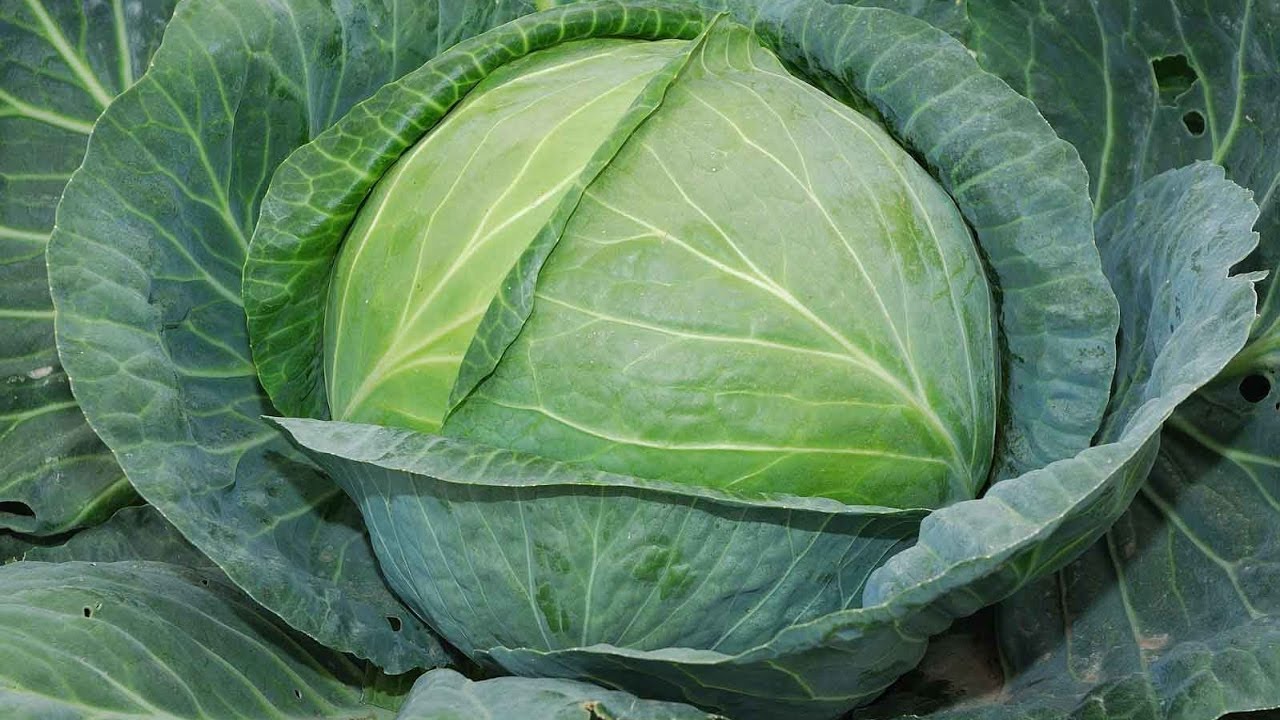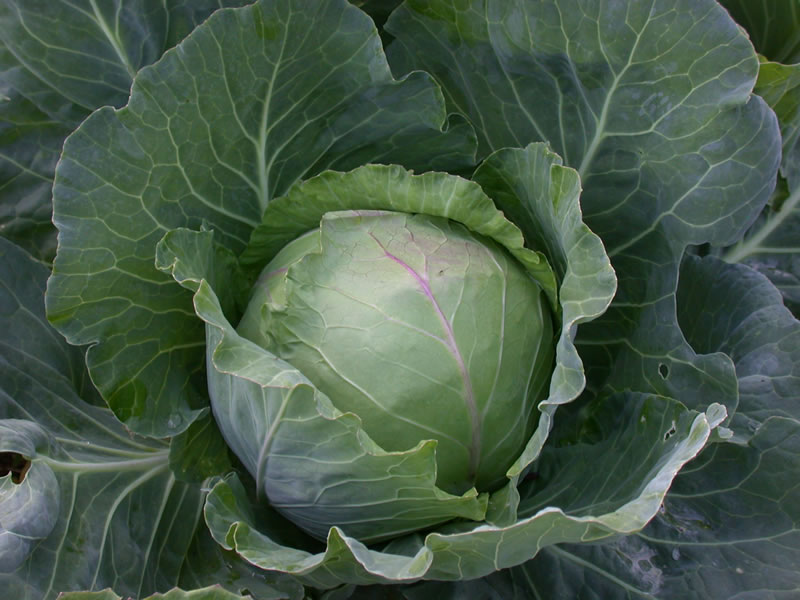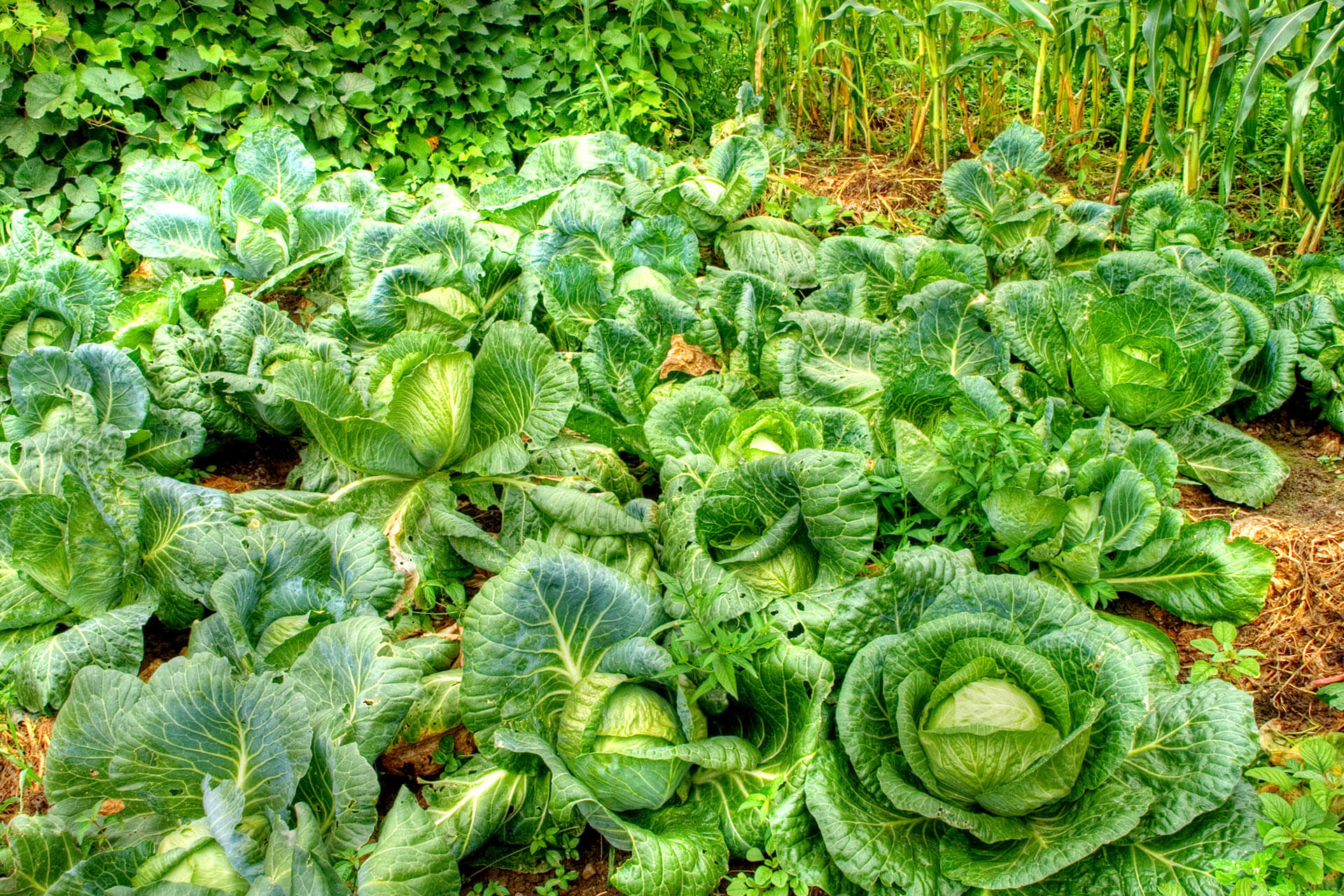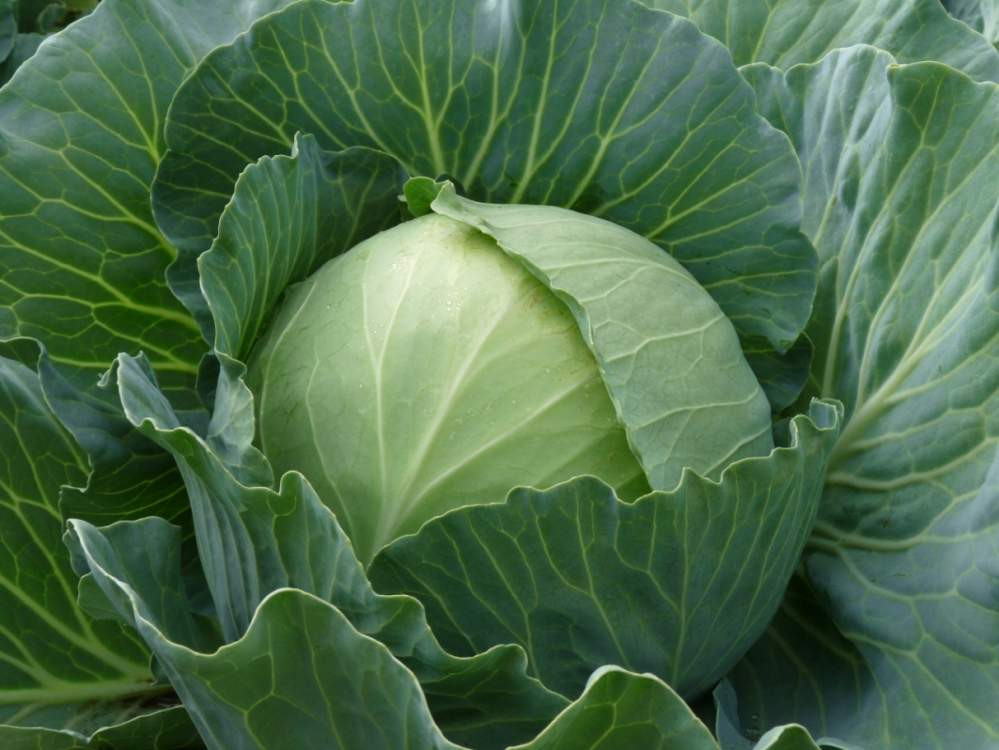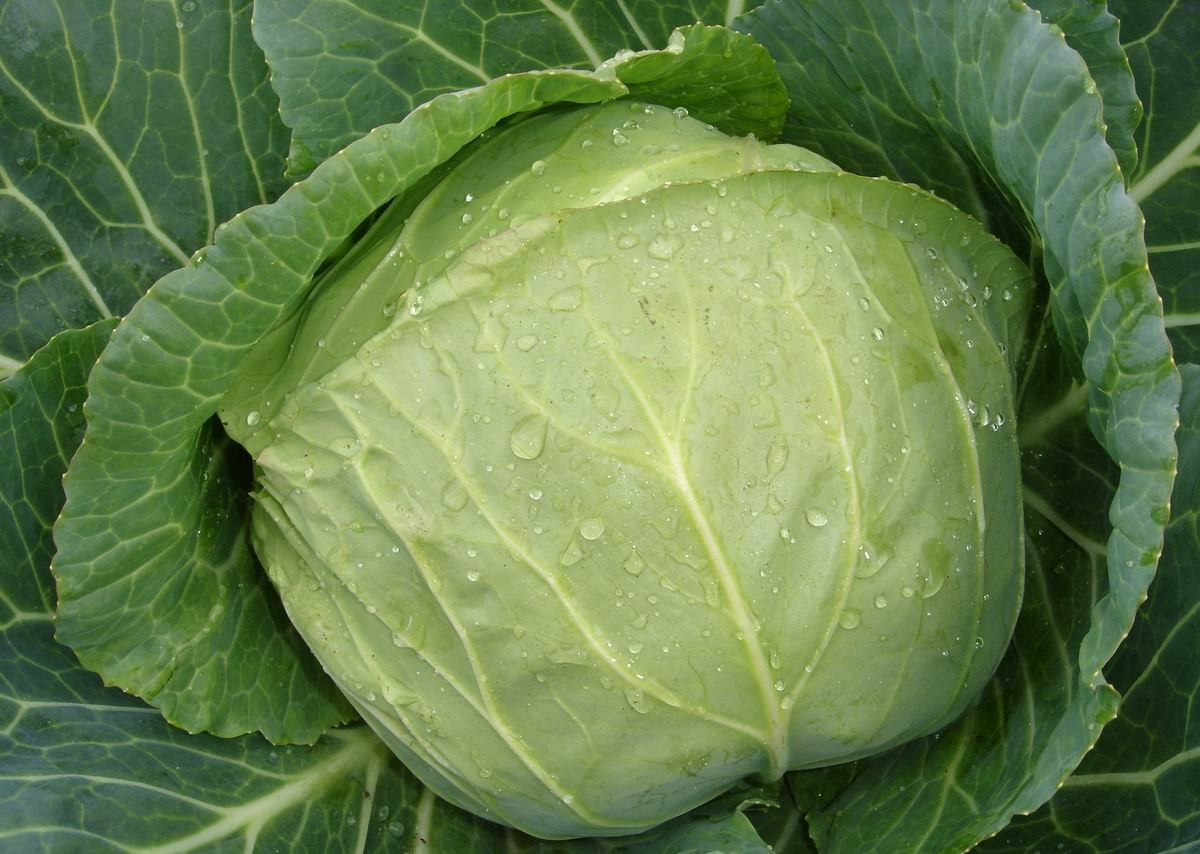Content:
June cabbage was registered in the state register of seeds in 1971. However, this culture was brought out in 1967. During this time, the variety managed to prove itself excellent. It ripens quickly, a head of cabbage is large, contains a huge amount of vitamins and nutrients.
Characteristics and description of the June white cabbage variety
June cabbage (sometimes mistakenly called July cabbage) is the most popular of the early maturing varieties. It is endowed with excellent taste and a quick ripening period.
Frost resistance
Seedlings are able to withstand cold snaps up to -5 ° C, so this variety will take root in almost any area.
Yield
June white cabbage is an early ripening variety. Approximately 2 months pass from the time the seedlings are planted on the garden until the head of cabbage is cut. You can use a mathematical method to determine the ripeness of an early variety. About 2 months after planting, June cabbage is harvested in open ground.
The cabbage is pulled out by the root, while the outer leaves are cut off and the stem is chopped off, leaving the lower stump (approximately 5 cm). So the forks will stay fresh for a long time, but such cabbage can be stored in the cellar or in the basement only until autumn.
According to the description of early June cabbage, the yield is up to 6 kg per 1 square meter.
Plant parameters
The culture has a pretty attractive appearance. The upper leaves are light green, the inner cut is white-yellow. Cabbage heads are round, even, density above average. The head of cabbage weighs from 0.9 to 2.4 kg. A stump of medium length. The diameter of the rosette is 40-50 cm.
Pest and disease resistance
June cabbage infrequently suffers from attacks of cabbage fly. It is mainly harmed by cabbage and aphids caterpillars. Unsuitable weather conditions can provoke the appearance of such dangerous diseases:
- Blackleg. The stem of the seedling at the base becomes black and begins to rot. The plant stops growing and dies. The disease can destroy all seedlings.
- Keela. Growths are formed on the roots, which prevent small roots from growing. Ultimately, the seedlings develop slowly, do not take root well in the open field, the lower leaves dry out over time.
- False powdery rose. The disease often occurs in young plants, especially under a film canopy. The upper part of the leaves is covered with yellow spots, a gray bloom appears below. Infected leaves change shape and die.
Early June cabbage: growing
It is best not to sow all the seeds at once. This should be done in parts, with two-week breaks, so that the harvest ripens a little. This will provide a constant supply of fresh cabbage.
It is very important to know when to plant June white cabbage on seedlings and choose the right landing site. The seedlings are not fast growing, so large pots are not needed. You can take small containers, plant seeds in them, and transplant the seedlings for ripening in a month. After about 30 days, it is planted in open ground.
The collected seeds should be sorted and disinfected. To do this, they need to be placed in hot water, then in cold water for a couple of minutes and dried.
Before planting cabbage, you should prepare:
- The day before sowing, the seeds should be soaked in water (temperature about 2 ° C). This will help speed up the germination process and at the same time increase the seed's resistance to low temperatures. Purchased seeds should not be soaked, they are sown dry.
- To correctly determine the planting time, you need to decide when you want to get a crop. There are general guidelines for calculating the number of days it takes for seedlings to ripen before planting them in open ground. For white cabbage of the June variety, it will take 2 months.
There are some features of growing early June cabbage:
- The land must be fertile.
- Cabbage prefers moisture and light and is resistant to low temperatures.
- The soil should be loose and light. It is recommended to use peat for this.
- For planting seedlings, soil is ideal, which includes peat, turf and sand. It is good to use coconut substrate.
- An integral part of agricultural technology is high-quality lighting, since cabbage is sensitive to light. In its absence, the seeds ripen unevenly.
- Watering the seedlings should be moderate (with excess moisture, the root system may die), as the top cover of the earth dries up.
- It is necessary to regularly ventilate the room where the seeds are germinating.
Cabbage care
To get a good harvest, you need to properly care for the cabbage.
Watering
You need to water the cabbage constantly, during the drought period - more intensively. During ripening, you need to water less so that the heads of cabbage do not crack.
Top dressing
Should be fed with mineral and organic fertilizers:
- 1st feeding on the 20th day after planting;
- 2nd 12 days after the first;
- 3rd 12 days after the second.
A good fertilization option is chicken manure diluted in water. It is recommended to mulch the soil around the plant with humus or compost.
Pests
In the fight against pests, folk remedies help. Sprinkle the cabbage effectively with crushed wood ash. Wells can be spilled with a colloidal sulfur solution before planting. If caterpillars attacked, you can use special means (Iskra D, Fitoferm).
Advantages and disadvantages of the variety
In addition to early ripening, the June cabbage's advantages include resistance to cracking. Generous watering does not harm her, but on the contrary, increases the juiciness and density of the forks. Among the obvious advantages, you can also highlight the thin, soft leaves of cabbage. They taste great, especially in fresh summer salads.
June cabbage is good for its resistance to low temperatures. Therefore, it can be grown everywhere, even in the South Urals.
Among the disadvantages of June cabbage, it is worth noting:
- Low keeping rates, which is inherent in most early varieties
- Not suitable for fermentation and preparations. Due to its rapid ripening, it does not have time to accumulate a sufficient amount of sugars, which are necessary for the fermentation process.
It is most useful to use it fresh. It ripens at the moment when the human body needs vitamins and minerals, which are huge in this cabbage.
Experienced gardeners and farmers have preferred the cultivation of June cabbage for more than a dozen years. And this is not surprising, since the variety is completely unpretentious and, moreover, tasty and vitamin.
